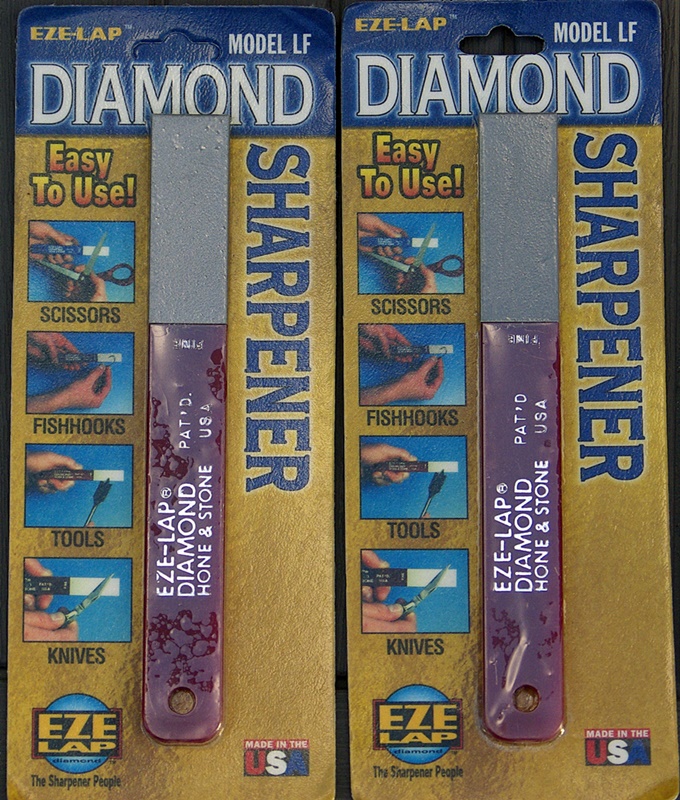I've been free hand sharpening for years. I consider myself slightly above mediocre

. I can get a sharp edge. It might not be pretty but it's sharp. That is good enough for me. I don't chase the mirror polish like some do.
I also like to encourage folks to get into free hand sharpening. I feel that is becoming a lost art nowadays.
Another benefit of free hand sharpening. If you are camping or hiking for any length of time, you can keep your tools sharp with just a pocket stone. It is easy to leave a sharpening stone in a camper, cabin, go bag, tackle box, vehicle, etc. for anything that might come up. I prefer a double sided stone or one of those folding types with a handle and 2 grits as well.
My free hand sharpening system cost me a little over $100 IIRC.
$90 for the DMT DiaSharp 6" diamond stone kit. 4 grits on 2 stones.
$10 for green stropping compound.
$5-8 for a wide, leather belt from Goodwill that I turned into a strop.

